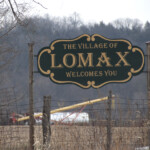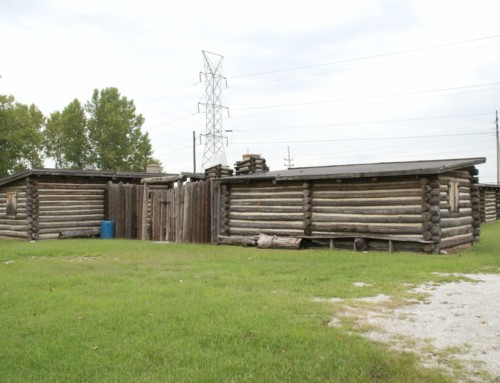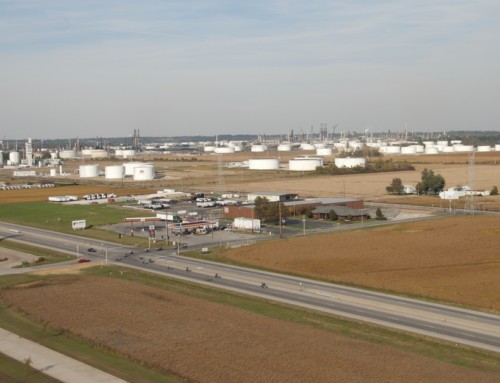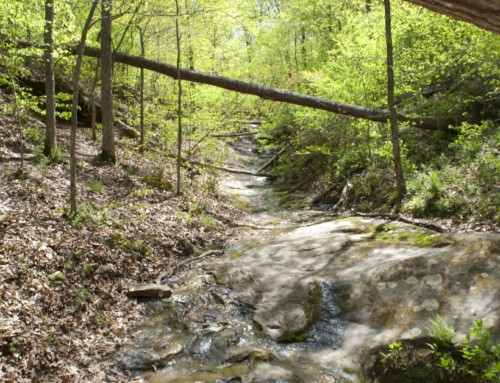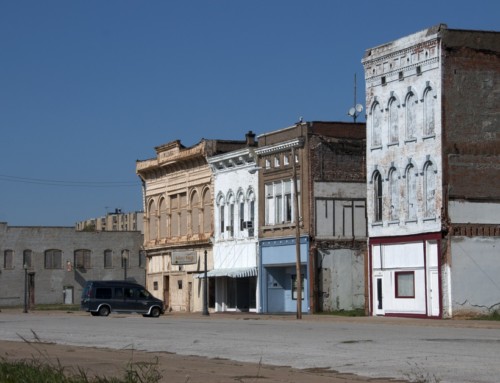History
Located in the floodplain but not on the river, Lomax got a later start than some of its neighbors. Platted by R.A. Lomax, a local farmer, in 1882, the village’s fortunes have been closely associated with railroads. Lomax was at the junction of three railroads in the 1910s, and uncomfortably close to the crash site of the Sante Fe Railroad’s Texas Chief in April 1963.
Many of the early residents were from Pennsylvania and the northern reaches of the South. Lomax got off to a slow start, even after the railroad station was built, because a commercial center for the region had already developed just six miles down the road at Dallas City, on the Mississippi River.
In spite of the competition, there were high hopes that Lomax would be the next Chicago, especially after construction of “Mr. William Love’s New City” in 1912, an addition to the original village plat. While the new subdivision didn’t bring on a population boom, it did earn a nickname for Lomax: “White City”, because of the rows of tidy, small white houses.
A couple of generations of residents, including immigrants from Jamaica and Mexico, worked at the Lomax Canning Company. Between 1912 and 1968, the factory canned a whole bunch of vegetables under the brand names Mississippi Valley and New Lake Brand.
The most interesting business in the town’s history was probably the Lomax National Airways factory that operated from 1925 to 1929. Founder Shukri Tannus emigrated from his native Lebanon after being orphaned at age 9, living in Europe for a while before moving to the US in 1897. He sold rugs to pay for his education in pharmaceutical chemistry at Northwestern University. He landed a job at the Keokuk Medical College as a chemist’s assistant, but eye troubles forced him to quit. He next founded a broom factory at Canton, Missouri that didn’t do too well, then moved to Lomax in 1917 to open another broom factory that did well enough to give him the means to buy a general store, a printing shop, and a good amount of land.
With a little extra cash in his pocket, he partnered with barnstormer Glenn Romkey to open the National Airway System (NAS), an aircraft plant that eventually grew to have 60 employees; Romkey designed and tested the planes. They built about 70 planes in total, with the NAS Air King as their flagship. The company didn’t do all that well, but some of their planes were flown by barnstormers and another flew in the Mexican revolution. Tannus moved his operation to Peoria with plans to go big but the Depression hit, killing his business and ruining him financially. He went back to selling rugs, and died of a heart attack in South Dakota on August 30, 1932.
**Looking for more places to visit along the Mississippi River? Check out Road Tripping Along the Great River Road, Vol. 1. Click the link above for more. Disclosure: This website may be compensated for linking to other sites or for sales of products we link to.
Where to Eat and Drink
Painted Corners (1011 Highway 96) sells fresh produce from local farmers in season.
Resources
- Post Office: 100 E. Main St.
Where to Go Next
Heading upriver? Check out Carman.
Heading downriver? Check out Dallas City.
Community-supported writing
If you like the content at the Mississippi Valley Traveler, please consider showing your support by making a one-time contribution or by subscribing through Patreon. Book sales don’t fully cover my costs, and I don’t have deep corporate pockets bankrolling my work. I’m a freelance writer bringing you stories about life along the Mississippi River. I need your help to keep this going. Every dollar you contribute makes it possible for me to continue sharing stories about America’s Greatest River!
©Dean Klinkenberg, 2015,2019
